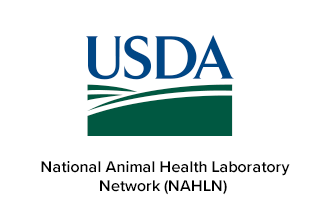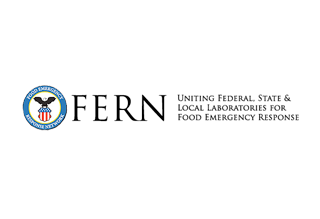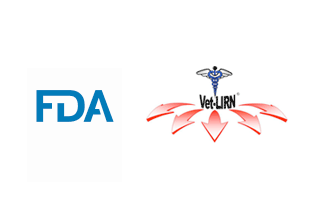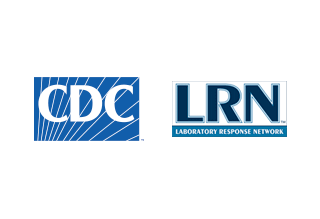NAHLN

CAHFS is one of the original 12 pilot laboratories chosen for the National Animal Health Laboratory Network (NAHLN), designed to meld federal and state resources for rapid response to intentional or unintentional incursions of foreign animal diseases. Established by the USDA’s Homeland Security Office, the network now includes four federal and 54 state and university laboratories located throughout 45 states.
FERN

CAHFS has been part of the Food Emergency Response Network (FERN) since its inception in 2005. FERN integrates the nation’s food-testing laboratories at the local, state and federal levels into a network that is able to respond to emergencies involving biological, chemical, or radiological contamination of food. FERN presently has 172 member laboratories. The Toxicology section of CAHFS is the only veterinary diagnostic laboratory amongst the 14 state chemistry laboratory partners receiving annual funding to perform method development and validation. The San Bernardino laboratory is a member microbiology laboratory.
Vet-LIRN

The Veterinary Laboratory Investigation and Response Network (Vet-LIRN) was established by the Food and Drug Administration (FDA) Center for Veterinary Medicine to coordinate member veterinary diagnostic laboratories to investigate and diagnose chemical and microbial animal feed and drug contamination events. These efforts can contribute to overall food safety as animal feed events could signal potential issues in the human food system. CAHFS Toxicology and Bacteriology sections are members of the Vet-LIRN network, providing diagnostic service to the network when animal feed complaints are reported to the FDA.
LRN

Health and Human Services, Centers for Disease Control manages the Laboratory Response Network (LRN) to respond to biological threat agents that could be employed by terrorists. CAHFS Davis serves as a reference (confirmatory) laboratory for anthrax and a sentinel laboratory for other bacterial select and highly infectious agents.
